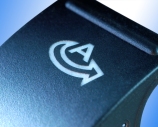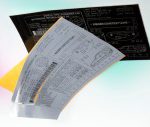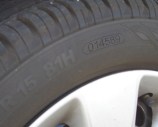- Types of machining: cutting, soldering, welding, marking, hardening, surfacing
- Machined materials: metals, plastics
- Purpose of machining: cutting complex shapes, preserving original strength of material, local strengthening of material, crack-free welds, identification of goods
- Adventages: high edge and joint quality, low heat, high speeds, desirable material strength, flexibility in shape selection, cost-effectiveness

After aviation, the automotive industry is the second manufacturing sector with particularly high potential for the use of new technological solutions – both in vehicle construction and manufacturing. It was this industry that first started using lasers as an alternative to the electric arc welding process. The resulting benefits in the form of better weld parameters and shorter joining times made it possible to reduce costs and optimize manufacturing, while also stimulating further development of laser technology applications in material processing.
Today, lasers are used at every stage of new car manufacturing, and their range of applications includes frame and body welding, profile and shape cutting, marking parts made of both metal and plastic, and reconditioning crankshafts and engine pistons.
Cutting
In the automotive industry, laser technology has displaced many conventional machining techniques, including cutting, among others. The use of the CO2 laser for sheet metal cutting brings with it the significant advantage of no cutting edge wear, a drawback of most conventional processing methods. The high quality of the edge, the small amount of heat supplied to the material and the high working speeds mean that today virtually every component of a vehicle – from high-strength steel components to airbags to interior trim – is laser cut. This is because the technique makes it possible to obtain shapes of any complexity and geometry while maintaining the desired strength – regardless of the type of material being cut.
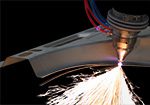
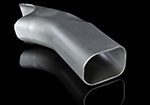
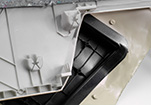
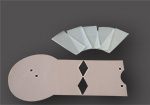
Other applications
The development of the automotive industry over the years has resulted in modern cars becoming safer and safer – both due to the advanced safety systems used in them (e.g. ABS) and the structural solutions used in the vehicle design process. These determine the chances of survival in a crash, while extensive crash tests provide information about the vehicle’s design hot spots. The high sophistication of laser technology means that finding a weak point in a structure no longer involves redesigning the entire component: local reinforcement by surface hardening or surfacing is sufficient. The high speed, repeatability and accuracy of the process make this solution much cheaper compared to manufacturing a new part, and it also eliminates the associated production delays.

Soldering
Although the most common technique for joining materials in vehicle manufacturing is welding, the final joint is most often made by soldering. Such a joint is made ready-made, with no additional processing required. The best examples of soldering are roof welds or sealing channels. Laser brazing can also be used to replace areas where plastic trim is used, giving body designers more freedom to design the car’s lines while keeping production costs low.
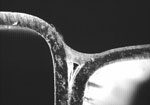
Welding
It is impossible to enumerate all the components of a laser-welded vehicle. The move away from electric arc joining technology to laser radiation has made fabrication faster and cheaper, and the quality of welds has become almost perfect. In most cases, welding is carried out using scanning heads, especially popular in the process of welding body parts, such as car doors. The robot arm moves over the pre-prepared parts, and the movement of angled mirrors makes it possible to perform multiple linear or spot welds in very short intervals.
Another area of application for laser welding is the joining of the drive bridge to the housing. Both components are made of high-strength and abrasion-resistant steel, and as a result, their joining by electric arc causes cracking due to too much heat being supplied to the material. This problem can be eliminated by using a laser, which generates a small heat-affected zone compared to conventional techniques.
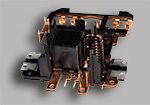
Marking
Today’s cars are built using a wide variety of materials – from steel and aluminum to plastics and composites. In order to ensure easy identification of individual components, laser marking is used, which produces durable and reliable engravings resistant to temperature, oil, fuel or abrasive wear. The special features of laser-made markings are high contrast, precision and quality. Due to the ability to focus the beam to very small sizes, it is possible to apply symbols and marks to any component, and the ease of automation and robotization of this process makes it an integral part of the production line.
